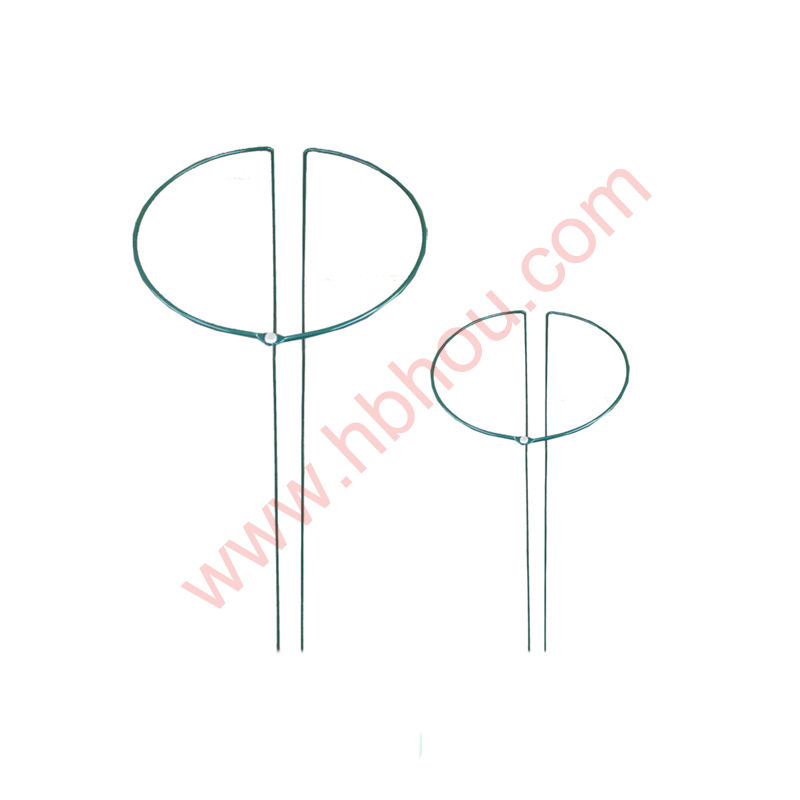Indoor Plant Supports Enhancing Growth and Aesthetics
Indoor plants have surged in popularity, becoming essential elements of modern home décor. Their benefits extend beyond aesthetics; they improve air quality, boost mood, and create a sense of tranquility within living spaces. However, to maximize their beauty and health, proper support is crucial for certain types of plants. In this article, we will explore the various types of indoor plant supports, their practical applications, and how they contribute to the overall well-being of houseplants.
Understanding the Need for Support
As they grow, many houseplants—especially climbing or vining varieties—require support to thrive. Plants such as Pothos, Monstera, and Philodendron naturally climb and spread along vertical structures in their natural habitats. When grown indoors, without adequate support, these plants can become leggy and unstable, resulting in unhealthy growth and an unattractive appearance. Providing them with appropriate supports enables them to grow upwards, getting closer to natural light, which is crucial for their photosynthesis process.
Types of Indoor Plant Supports
1. Moss Poles One of the most popular support options is the moss pole, often made from coir fiber and wooden stakes. Moss poles mimic the plant’s natural environment, allowing them to cling on as they would to tree trunks in the wild. When using a moss pole, it’s essential to keep it moist to encourage roots to latch on and receive the necessary nutrients and moisture.
2. Trellises Trellises serve as decorative and functional supports for climbing plants. Available in various materials, including wood, metal, and plastic, these structures can be placed at the back of a pot or along a wall. They are ideal for plants like clematis and ivy, allowing for creative arrangements that add visual interest to any room.
3. Stakes Simplistic yet effective, stakes are straightforward tools for supporting plants. Made from wood, bamboo, or metal, they can be pushed directly into the soil next to the plant. While minimalistic, stakes can be particularly useful for taller plants that need added stability.
4. Cages Tomato cages and other similar structures can provide a robust framework for bushy plants. These are particularly useful for plants like the rubber tree or peace lily that may have heavy foliage. Cages prevent branches from bending or breaking under the weight of leaves, ensuring that the plant maintains a healthy structure.
indoor plant supports

5. String Supports For a more minimalist aesthetic, string supports can be used. This method involves tying strings from a fixed point, like a ceiling hook or wall bracket, down to the plant. It encourages vertical growth while maintaining a clean look. It’s often used for smaller plants that don’t require extensive support.
Choosing the Right Support
Selecting the appropriate support for your indoor plants largely depends on the type of plant you are nurturing. Assess the growth habits of your plants—whether they climb, spread, or stand upright—and choose a support that meets those needs. Additionally, consider the plant’s size at maturity. A stake might work for a young plant, but as it matures, a larger structure like a trellis or moss pole may be necessary.
Enhancing Aesthetics
Beyond their functional role, plant supports can also enhance the overall aesthetic of your indoor garden. A well-structured plant supported by an elegant trellis or decorated moss pole can be a stunning focal point in any room. Choosing supports that match your decor—be it rustic, modern, or bohemian—can create a cohesive look throughout your space.
Maintenance and Care
Once you’ve established your indoor plant supports, maintaining them is key to ensuring your plants thrive. Regularly check the stability of the support system, adjust ties as the plant grows, and replace or refurbish supports as needed. Keep in mind that adding a support structure can also mean increased humidity—moss poles, for instance, often require misting. Monitor the plant’s health closely, adjusting care routines based on its growth and the conditions of your indoor environment.
Conclusion
Indoor plant supports are invaluable tools for any houseplant enthusiast. They not only promote healthier growth by providing necessary stability and structure but also enhance the visual appeal of your indoor space. By understanding the different types of supports available and their specific applications, you can ensure your indoor garden flourishes both in health and beauty. So, invest in the right supports for your plants; they will thrive, and in return, become living decorations that bring life to your home.
















